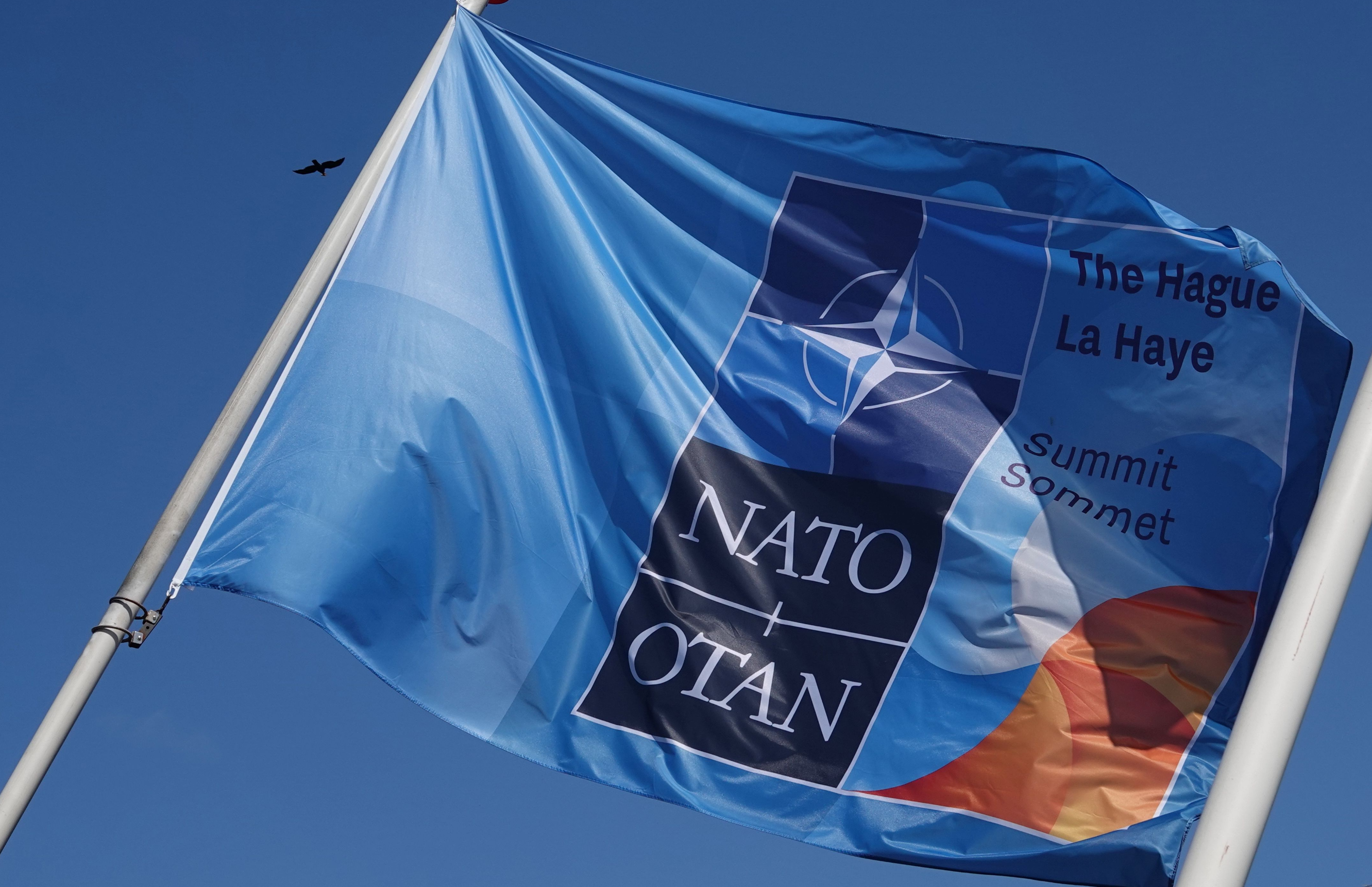Implications for critical materials following the 2025 NATO Summit
News Analysis

26
Jun
2025
Implications for critical materials following the 2025 NATO Summit
Project Blue provides insights following the conclusion of the 2025 NATO Summit held at The Hague.
As usual, the NATO Heads of State and Governments issued a Summit Declaration, the official statement following the meeting of the North Atlantic Council.
The language was unequivocally clear on the nations’ “ironclad commitment to collective defence”, assuring that the USA would remain a part of the NATO alliance - a question that circulated heading into the Summit.
Capability targets:
NATO allies agreed to invest or spend 5% of GDP annually on defence budgets by 2035. This comprises an increase to 3.5% of GDP from 2.0% of GDP previously for “core” spending, with an additional 1.5% of GDP to be spent on “defence- and security-related investments”.
These targets were already suggested at the NATO Ministers of Defence meeting earlier this month, with the Summit itself simply the conclusion of additional discussions since then.
Project Blue’s previous analysis (see our report, Defence Sector and Critical Materials, April 2025 ) estimated that this would add US$500Bn to NATO members’ total defence budgets every year.
The NDPP (NATO Defence Planning Process) takes place every four years; therefore, capability targets will be reviewed again in 2029.
Implications for critical materials:
Although each member of NATO is free to decide how to spend its defence budget, some clear concerns trended throughout the discussions during the Summit.
1. Technology is advancing at a blistering pace (as is typical during times of conflict). Consequently, more cooperation is needed to move even more rapidly than before. Both Ukraine and Russia have ramped up capacity to produce 2–8 million drones per year, with new iterations of innovation reportedly emerging every few days.
Critical materials in drones include aluminium alloys, silicon chips, lithium-ion batteries, rare earths for motors and sensors, and copper for connectivity. Furthermore, critical materials are also used in anti-drone technology, such as electromagnetics, which requires rare earths, copper, cobalt, tantalum, and titanium.
2. Defence sourcing and acquisition need to shift from a just-in-time mindset to one with increased production capacity and stockpiling of materials. The idea is that production capability itself is a deterrent, with a general acknowledgement that industry cannot currently churn out enough materials at scale in a scenario where rapid escalation is needed.
While expensive, advanced technologies are often discussed, some participants noted that even the basics, such as ammunition and artillery, are not adequately stocked. Critical materials used in these large-volume applications include aluminium, antimony, steel alloys (including manganese and molybdenum), and tungsten.
3. There is a perceived trend that the world is shifting towards protracted conflicts, which impacts not only critical materials demand from the industry - especially as many materials used for military purposes are not recovered or recyclable - but also broader macroeconomic sentiment.
In addition, the shift from virtual to physical hybrid threats, such as cutting undersea cables and spoofing GPS signals, has implications for the demand for critical materials, either in the form of direct replacement or the development of new materials to protect and increase the resilience of critical infrastructure.
Finally, while the NATO membership itself is generally transparent in disclosing increased defence spending targets, many other countries around the world, such as China, India, Russia, Saudi Arabia, Japan, and South Korea, are also ramping up their budgets. As spending increases, technological progress will continue to accelerate, fuelling demand for advanced and alloyed materials for many years to come.